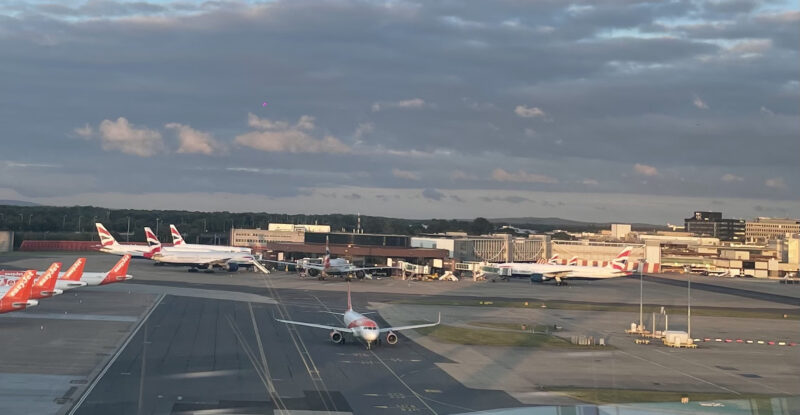Should a major city’s aviation market be served by one large hub or several competing hubs? The gloves were off at the Runways UK conference in London earlier this month as the bosses of Heathrow and Gatwick fervently debated this issue as part of an entire day dedicated to addressing the UK capital’s long-running airport capacity crunch.
Both airports have been shortlisted to receive an additional runway in an attempt to keep up with growing aviation demand, and both have come out fighting to prove that their proposal is the best.
Gatwick’s argument centres on the need for a city the size of London to be served by a number of competing airports. “Airports should serve a city, the city is not here to serve a mega-hub,” argues Gatwick chief executive Stewart Wingate. He believes that a network of competing airports is “the way forward”, offering passengers more choice and keeping airport charges at “a competitive level”.
That’s all very well, says Heathrow boss Colin Matthews, but the shortage of capacity in London is for long-haul flights and long-haul flights need to fill up with transfer passengers to make them economically viable. Pointing out that at least 5% and sometimes as much as 80% of seats on long-haul flights are filled by passengers who have transferred from other flights, Matthews says: “Many airlines have tried to make long-haul flights viable from other airports but they turn out not to be so.”
Weighing in from an airline point of view, Craig Kreeger, chief executive of Virgin Atlantic Airways – which serves both Gatwick and Heathrow – says that passenger numbers grow when it moves long-haul flights to Heathrow.
“Gatwick is very important for Virgin Atlantic [but it’s] mostly leisure passengers. We began moving flights to where more of our customers wanted to be, and that’s Heathrow,” says Kreeger. “When airlines have moved from Gatwick to Heathrow, it’s clear that there are more customers.”
A big test will come when Scandinavian budget carrier Norwegian launches flights from Gatwick to New York, Los Angeles and Fort Lauderdale later this year. The airline is confident that low fares will stimulate enough demand to make the routes viable, enabling it to succeed where others have failed.
Wingate says passengers “choose to self-connect” at Gatwick, but notes that Norwegian plans to offer passengers the ability to interline from its short-haul flights to its long-haul services. But this doesn’t wash with Matthews, who points to Tokyo as an example of a city that attempted to follow the competing airports model with undesirable consequences.
“Decades ago, Tokyo ran out of capacity at Haneda and opened Narita,” he says, adding that Narita’s distance from central Tokyo combined with high airport charges meant that it “lost its hub crown to [Seoul] Incheon”.
Whichever option the UK Airports Commission decides to plump for from the shortlist, London passengers will continue to be served by a network of airports including Heathrow, Gatwick, Stansted, Luton and London City. However, the wildcard option – an all-new, four-runway mega-hub in the Thames Estuary to the east of the city – would see the closure of Heathrow and possibly City, turning the argument on its head.
But this seems unlikely, given that it didn’t make the shortlist and has to spend the next few months convincing the Commission to give it another shot.
Featured image credited to Fintan Horan-Steer











